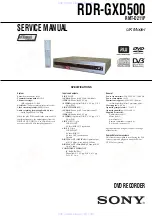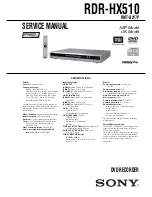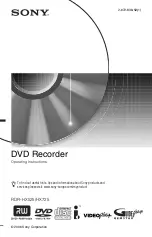
LSI Logic Confidential
Cycle Types
10-3
Copyright © 2001, 2002 by LSI Logic Corporation. All rights reserved.
10.4 Cycle Types
The async master interface generates master-mode cycles for a variety
of asynchronous slave peripherals. Each chip select can be configured
to perform one of several different types of transfers, with different
transfer types selected by specific feature bits in the configuration
register. In addition, individual components of the cycle timing may be
varied by changing the value of various timing parameter fields in the
chip select configuration. Both multiplexed address/data and
demultiplexed master cycles may be performed. Demultiplexed cycles
support up to a 2 Kbyte address range per chip select, and multiplexed
cycles support up to 64 Mbytes of addressing.
The various cycle type options are explained in separate sections below.
Unless otherwise noted, the cycle type variations are independent of
each other and can be mixed and matched as the system designer sees
fit.
10.4.1 Data Strobe Mode
There are two types of data strobes: 68K mode and SRAM mode. The
mode selection changes the functions of three pins, as described in
below:
shows the basic operation of these two cycle types.
Table 10.1
Pin Functions in Different Modes
68K Mode
SRAM Mode
M_RD/WR – This signal is HIGH for a read cycle
and LOW for a write cycle. It has the same timing
as the address bits.
M_LWE – This signal strobes LOW during writes
if the lower byte lane, D[7:0], is to be written in this
transfer. For reads it remains unasserted.
M_UDS – This signal strobes LOW during both
read and write cycles if the upper byte lane,
D[15:8], is used in the transfer.
M_UWE – This signal strobes LOW during writes
if the upper byte lane, D[15:8], is to be written in
this transfer. For reads, it remains unasserted.
M_LDS – This signal strobes LOW during both
read and write cycles if the lower byte lane,
D[7:0], is used in the transfer.
M_OE – This signal strobes LOW during a read
cycle, but remains HIGH during a write.
















































